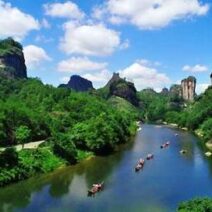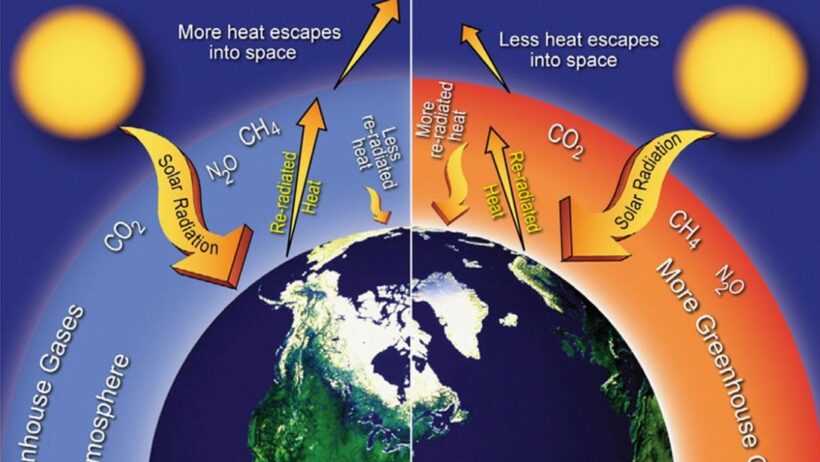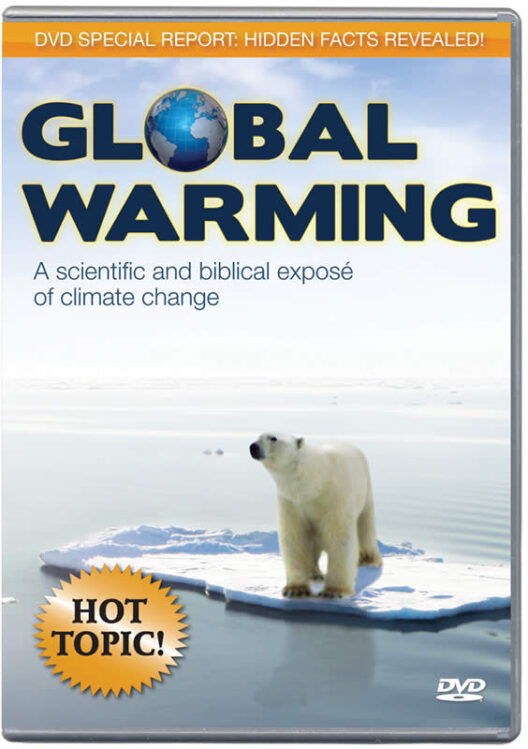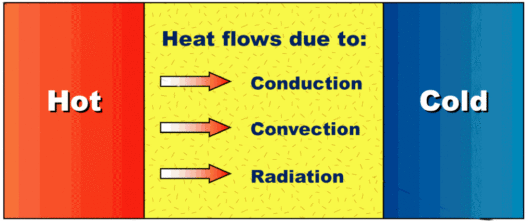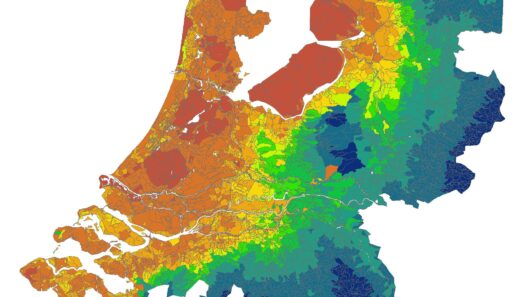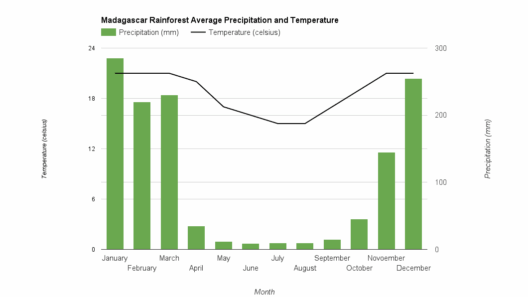Climate change has gravitated into the limelight of global discourse, metamorphosing from a distant concern to an immediate reality that affects every facet of existence. The fundamental question emerges: why does climate change happen? This inquiry not only beckons a cursory exploration of environmental phenomena but also unfurls the underlying intricacies of natural cycles juxtaposed with human influence.
To embark on this exploration, one must delve into the dual forces shaping our planet’s climate. On one side lies the natural variability, a tapestry woven by the Earth’s own processes: volcanic eruptions, solar radiation fluctuations, and the inevitable shifts in ocean currents. On the other hand, the anthropogenic factors loom large, as humanity has embarked upon an aggressive trajectory of industrialization, deforestation, and carbon emissions that disturb the delicate balance of our ecosystem.
First, let’s consider the natural cycles. Earth’s climate is not monolithic; it undergoes cyclical changes wrought by the interplay of celestial and terrestrial forces. The Milankovitch cycles, for instance, illustrate how variations in Earth’s orbit and axial tilt engender cycles of glacial and interglacial periods. These cycles, spanning thousands to hundreds of thousands of years, demonstrate that our planet has undergone significant temperature fluctuations long before the dawn of industrialization.
Moreover, volcanic activity injects substantial quantities of ash and gases into the atmosphere, which can temporarily cool the planet or change weather patterns. Such historical events, like the eruption of Mount Tambora in 1815, led to what is commonly referred to as the “Year Without a Summer,” generating significant climatic anomalies. In this context, one might muse: if nature is predisposed to such dramatic shifts, how inherently culpable are we, mere mortals on this planet?
Despite the salience of these natural occurrences, the discourse often tilts towards the role of human influence—a sentiment bolstered by irrefutable evidence. The Industrial Revolution heralded an era marked not only by innovation but also by an unprecedented surge in carbon dioxide and methane emissions, now considered a primary catalyst for climate change. Today’s atmospheric CO2 levels hover at concentrations not seen in millions of years, primarily due to the combustion of fossil fuels and land-use changes.
Consider the impact of deforestation: every tree cut down is akin to removing a natural air purifier. Forests sequester carbon, and their disappearance elucidates a pernicious feedback loop in which reduced biodiversity and habitat loss amplify the repercussions of climate change. In a paradoxical twist, while the Earth luxuriates in its natural cycles, human amplification of greenhouse gases traps heat in an unprecedented manner, exacerbating global warming.
Furthermore, the phenomenon of urban heat islands exacerbates temperature escalations in metropolitan environments, where the proliferation of concrete and asphalt generates localized elevation in temperatures. The interplay between nature and human activities thus creates an intricate web—one that poses challenging questions about our responsibilities. Are we custodians of the Earth, or mere passengers in a vehicle careening towards oblivion?
Yet, the debate does not end here. While the discourse often oscillates between attributing climate change to natural cycles or human actions, it is crucial to recognize that these elements are not mutually exclusive. Indeed, the Earth’s climate system is replete with feedback mechanisms that can exacerbate or mitigate anthropogenic impacts. The albedo effect, for instance, demonstrates how changes in the Earth’s surface reflectivity influence climatic conditions.
The melting Arctic ice caps and their ability to reflect sunlight underscore this principle. As ice melts and is replaced by dark ocean waters, solar absorption increases, thereby accelerating temperature rise. In this scenario, humanity’s capacity to influence these outcomes becomes evident. The challenge lies in reconciling our day-to-day existence with the ecological imperatives of our planet. How can we harmonize our economic pursuits without compromising environmental integrity?
Another facet to explore is the psychological dimension of climate change cognition. The cognitive dissonance that arises when individuals acknowledge the threat posed by climate change but simultaneously engage in behaviors that exacerbate the issue presents a formidable challenge. This disjunction manifests in the form of apathy or denial, where the enormity of the problem paralyzes action rather than catalyzing commitment. How do we, as a global society, overcome this inertia?
In conclusion, the examination of climate change through the prism of natural cycles versus human influence reveals a complex interplay of factors that cannot be simplified into binary conclusions. The awe-inspiring processes of nature stand in stark juxtaposition to the consequential actions of humankind. While natural phenomena are inextricably linked to climate variability, the profound ramifications of human activity call for urgent introspection and action. Climate change is not merely an environmental dilemma; it is a profound ethical and existential challenge that embodies our relationships with one another and the planet.
As we face this multifaceted challenge, society must cultivate a discourse that transcends blame and nurtures responsibility, innovation, and collaboration. Only through concerted effort can we navigate the fine line between adaptation and mitigation, ensuring a sustainable future amidst the intricate dance of natural cycles and human influence.
